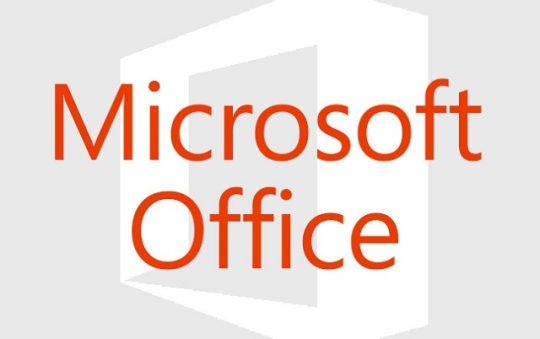If you have ever been involved in any form of spss data analysis basics, you would know that it can be a complex and time-consuming process. However, with the right tools and techniques, you can simplify this task and gain valuable insights from your data.
One such tool that has gained immense popularity in the field of data analysis is SPSS (Statistical Package for the Social Sciences). In this blog article, we will explore the basics of SPSS data analysis basics and how it can help you make sense of your data.
SPSS Data Analysis Basics
Whether you are a student, a researcher, or a business professional, the ability to analyze data effectively is crucial in today’s data-driven world. spss data analysis basics provides a user-friendly interface that allows you to perform various statistical analyses and generate meaningful visualizations. With its wide range of features and capabilities, SPSS can be a powerful asset in your data analysis toolkit.
Getting Started with SPSS:
To begin your data analysis journey with SPSS, you first need to install the software on your computer. SPSS offers a free trial version, as well as a paid version for more advanced functionality. Once you have installed SPSS, you can launch the application and start a new project.
1. Importing Your Data
Before you can analyze your data, you need to import it into SPSS. spss data analysis basics supports various file formats, including Excel, CSV, and text files.
You can simply drag and drop your data file into SPSS, or use the import wizard to select your file and specify the data format. Once your data is imported, you can proceed to explore and analyze it.
2. Exploring Your Data
Exploratory data analysis is an essential step in understanding your data. SPSS provides several tools and techniques to help you explore your data, such as descriptive statistics, data visualization, and data cleaning.
Descriptive statistics can give you insights into the central tendency, variability, and distribution of your data. Visualization tools, such as charts and graphs, can help you identify patterns and outliers in your data. Data cleaning allows you to handle missing values, outliers, and other data quality issues.
Performing Statistical Analyses:
Once you have a good understanding of your data, you can start performing statistical analyses using SPSS. spss data analysis basics offers a wide range of statistical procedures, including t-tests, ANOVA, regression analysis, factor analysis, and cluster analysis, to name a few.
These procedures allow you to test hypotheses, explore relationships between variables, and uncover hidden patterns in your data. SPSS provides a comprehensive set of options and settings to customize your analyses and interpret the results.
1. Reporting and Visualizing Results
Once you have completed your analyses, it is important to communicate your findings effectively. SPSS provides several options for reporting and visualizing your results.
You can create tables and charts to present your statistical summaries and visualizations. SPSS also allows you to export your output to other formats, such as Microsoft Word or PowerPoint, for further analysis and presentation.
2. Collaboration and Reproducibility
In a collaborative research or business environment, it is crucial to ensure reproducibility and transparency in your data analysis process. spss data analysis basics allows you to save your analysis steps and results as syntax or output files, which can be shared with others.
This not only ensures reproducibility but also facilitates collaboration and peer review. Additionally, SPSS provides options for integration with other statistical software and programming languages.
Such as R and Python, allowing you to leverage the power of these tools in your data analysis workflow.
Conclusion:
In conclusion, understanding data analysis with SPSS can greatly enhance your ability to derive insights from your data. From importing and exploring your data to performing statistical analyses and reporting the results, SPSS offers a comprehensive suite of tools and features to support your data analysis journey.
By harnessing the power of SPSS, you can make better-informed decisions, solve complex problems, and drive success in your research or business endeavors. So why wait? Dive into the world of SPSS data analysis and unlock the potential of your data today. To learn more, visit this Techy Robo.



